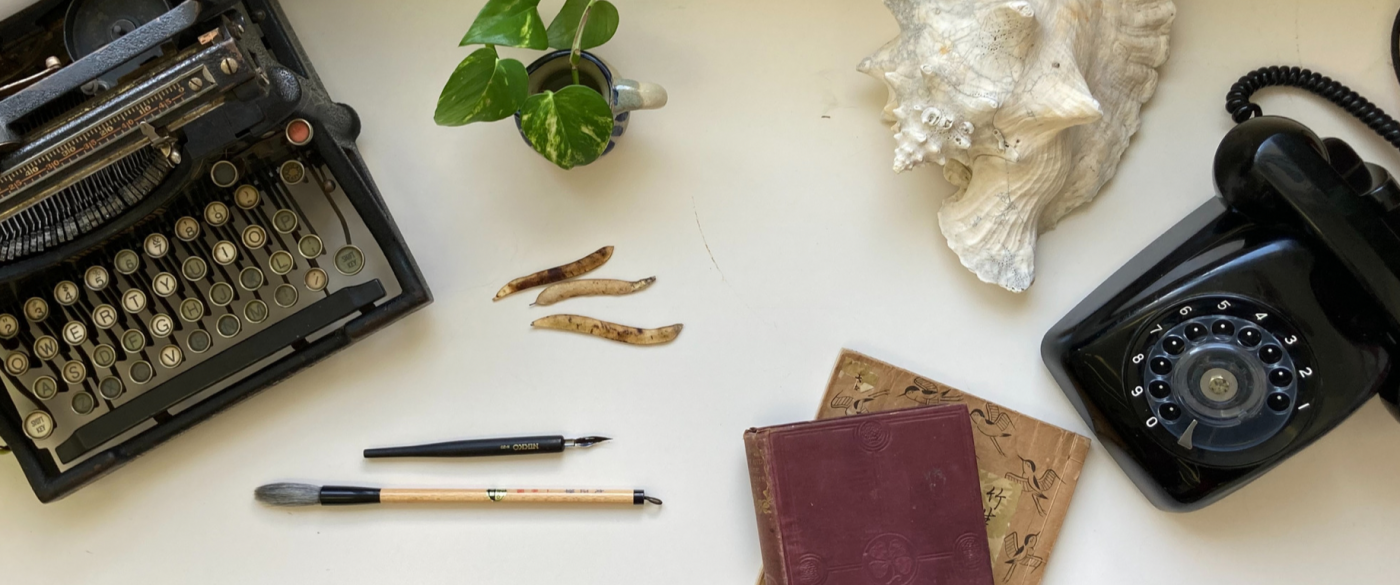
Emoji Etymology
I encountered a delicious etymological treat this week. Emojis! 😋I did not know that “emoji” is a Japanese word. I thought it was the internet’s way of taking the word “emotion” and shortening it or combining it with something, as the internet loves to do. It was a light bulb moment. 💡 Ah, ha! This is why there are so many Japanese kanji and Japanese cultural items in the emoji library!
Let’s break down the word in Japanese.
Emoji, pronounced with a short e sounds (/ɛ/ [e as in egg 🥚]), is made up of three kanji: 絵文字. The word is more recognizably Japanese with this “e” ‘s pronunciation as it sheds the English’s long e sound (/ɪ/ [e as in emotion ❤️]) connotation.

The first character 絵 , literally means a picture, drawing, painting, sketch, etc. I see this kanji in book stores advertising picture books for kids “絵本.”
The middle character (文) means sentence, composition, text, writings, etc. It’s the character you see on the Google Translate app icon.
The last kanji: ( 字 ) means symbol, character, (i.e. kanji) hand-writing, penmanship. ✍️ It’s the “ji” in kanji.
文 and 字 together become a compound kanji and means the English equivalent of “letter” (as in the letter of the alphabet) or character. Thus, capital letters in Japanese are called 大文字 , literally “big letter,” and lowercase is 小文字 , you guessed it, “small letter.”
Therefore, 絵 + the compound kanji 文字 = 絵文字 = picture letter = 🖼️🔤.
I adore self-explanatory words. Kanji can do this, not always, but often. Kanji allows for one to get the feeling of the world through the visual representation, even if one does not know the denotation. I can usually guess at the meaning of words without knowing how to pronounce them. English is the opposite, where one may be able to guess at the pronunciation, but not necessarily the meaning of a word.
Kanji’s visual reliance on meaning contributes to my belief in why 習字 (There is that “ji” again.) i.e. calligraphy is still taught widely in Japan and is even a profession when penmanship has mostly died out in American schools. Though I know that the advent of computer keyboarding also played a vital roll in penmanship’s demise. ⌨️

Kanji’s powerful visual impact is another reason why I believe Japanese people are skilled at “reading the air” because they have to read the air sometimes even when they read words. Ex: 四字熟語 (four-character idioms.) Americans are more verbally direct, and like meaning to be in “black and white,” i.e. ink on the paper. That idiom does much cultural talking.
What I also find intriguing is that the Japanese language has now come full circle. ♻️ Kanji started as pictures, morphed into ideograms, and eventually was combined in Japan with a syllabary that held phonetic value, and now technology is taking people back to the origin of writing roots.
Until recently, I never like using emojis as I thought them cheesy. 🧀 However, when I started my Instagram, I found them useful as a visual cue with a semantic tie-in to signify the switch between my writing in English and my Japanese translation. Example: I love nature! 🌱 自然 が大好きです!
“A picture is worth a thousand words,” and emojis help achieve this and aid in lending tone to compositions. 🖋️ Maybe emojis aren’t cheesy. Maybe they are the most intuitively human way of writing. 🤔
What is your favorite emoji? Why? Or write an idiom in emojis, and let’s see if I can guess which one you mean.
Works Cited
“Emoji.” Wikipedia, Wikimedia Foundation, 14 June 2020, en.wikipedia.org/wiki/Emoji.


-
-
4 years
Tagged English as a Second Language, ESL, Japanese as a second language, JSL